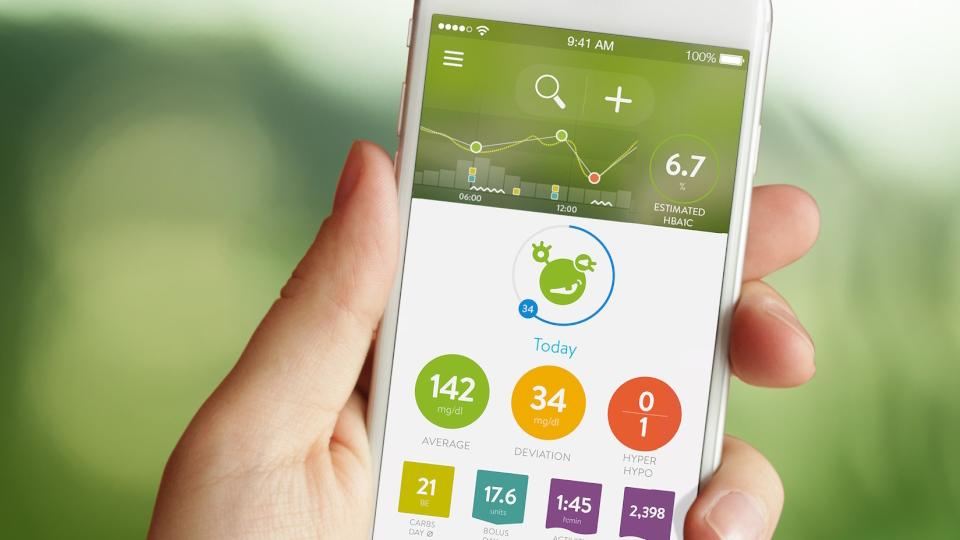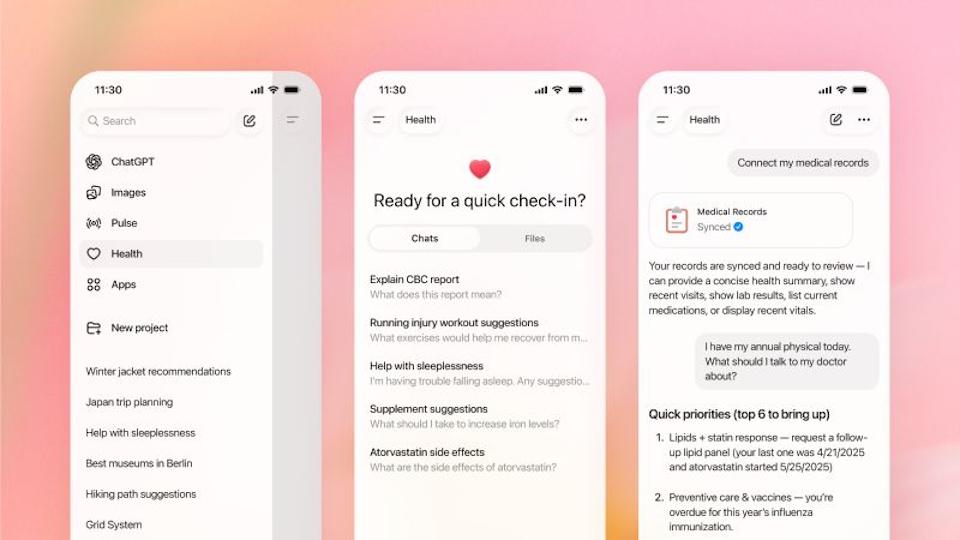Roche app relieves diabetes distress in clinical trial

A digital health application (DiGA) has been shown to relieve the distress that patients can experience when managing diabetes, which can compromise their care, in a randomised clinical trial.
Diabetes distress is an emotional reaction specific to the demands of diabetes and diabetes therapy – leading to feelings of hopelessness, discouragement and exhaustion – which is not necessarily pathological, but can become so if present at an elevated level, according to study investigator Dominic Ehrmann of the FIDAM diabetes research institute in Germany.
He told the EASD meeting this week that it is clinically relevant to monitor diabetes distress, as high levels have been linked to a risk of depression, poorer quality-of-life, and suboptimal management of diabetes that can worsen blood glucose control, as measured by higher haemoglobin A1c levels. It is estimated that around 35% of patients with type 1 and type 2 diabetes have elevated distress levels.
DiGAs can relieve distress in several ways. For example, by providing a simple overview of glucose control, making data easier to interpret, and providing motivational feedback and positive reinforcement when goals are achieved, said Ehrmann.
The new trial investigated the role of the Pro version of the mySugr app, a digital diabetes logbook which Roche acquired along with its developer in 2017 and – in a defining moment for digital health within pharma – positioned it at the heart of its diabetes management ecosystem alongside products like its Accu-Chek blood glucose testing range.
The study was specifically designed to test the effects of the app on diabetes distress, the primary endpoint, with the app compared to no digital intervention and patients followed up after 12 weeks. It included nearly 400 evaluable patients with type 1 and 2, as well as gestational diabetes, who were asked to carry out daily blood glucose measurements and input the results into the app.
Diabetes distress was assessed using a standard patient-reported outcome (PRO) questionnaire called PAID, with various secondary measures, including Hba1C to give an indication of blood glucose control.
There was an improvement in diabetes distress with mySugr Pro – a reduction of around 3.6 on the PAID scale versus a slight increase in the control group – which met the threshold for statistical significance with a p-value of 0.0182.
There were no significant improvements on secondary endpoints in the study, including HbA1c, although Ehrmann noted there were 80 women with gestational diabetes who might not be expected to see a significant change in the biomarker over the course of the study.
If only type 1 and type 2 patients were assessed, there was a 2.2 higher chance of achieving a target Hba1c level of 6.5% or lower, along with evidence for lower rates of very high or very low blood sugar, which provided some evidence of improved glycaemic control.
There was also a high degree of patient satisfaction with the app, with a very low drop-out rate of 6.4 - unusual for studies of digital interventions - backed up by user data that showed that it was used as directed on 93% of days overall.
“We hope that we can now go all the way to making the mySugr Pro app a prescribable digital health application in Germany,” said Ehrmann.
There is a well-defined framework for approval and reimbursement of DiGAs in Germany, where there are 55 prescribable products on the market including five in the metabolic disease area, including apps to support lifestyle changes, manage obesity, and help patients deal with depression caused by diabetes.
In the first nine months of 2022, the latest period for which data is available, there were more than 200,000 prescriptions for DiGA products, out of which around 80% (164,000) were redeemed.
Around 31,000 of those were for diabetes-related apps at a cost of roughly €15 million to the German healthcare system, out of total spending on DiGAs of €55 million since the law was enacted.
mySugr Pro is aiming to plug a gap in the category with its focus on diabetes self-management and glucose control, said Ehrmann.












